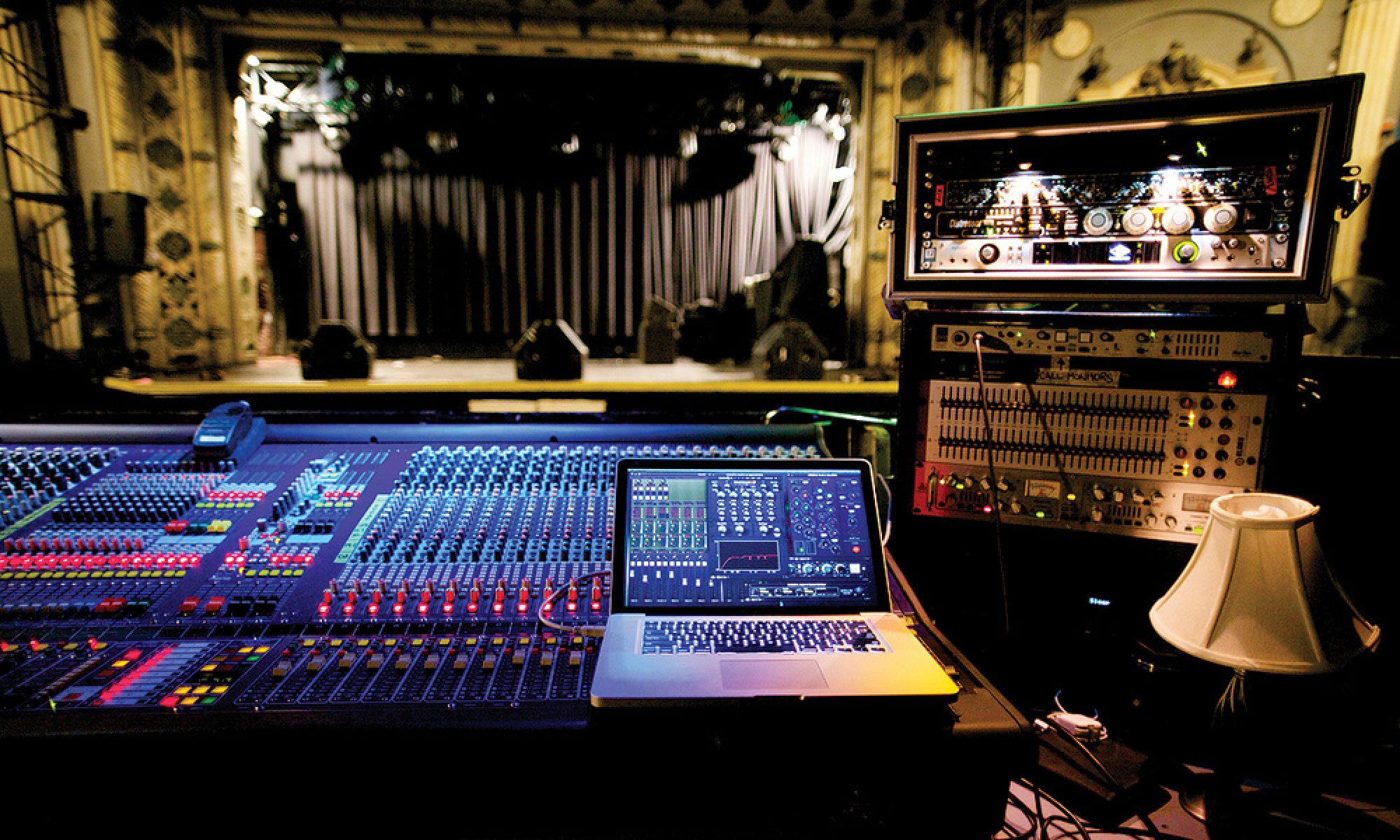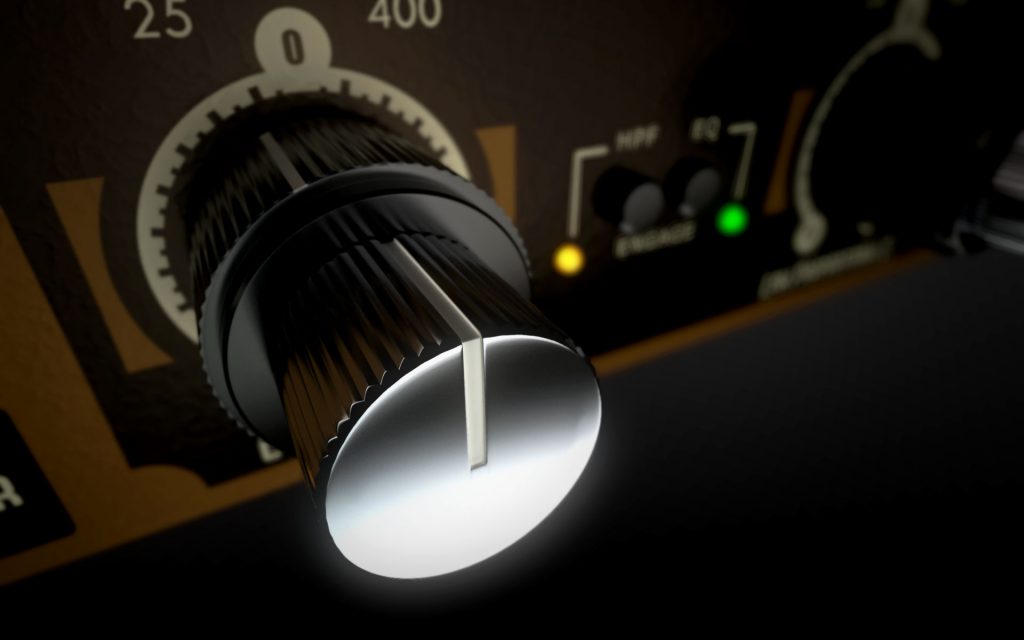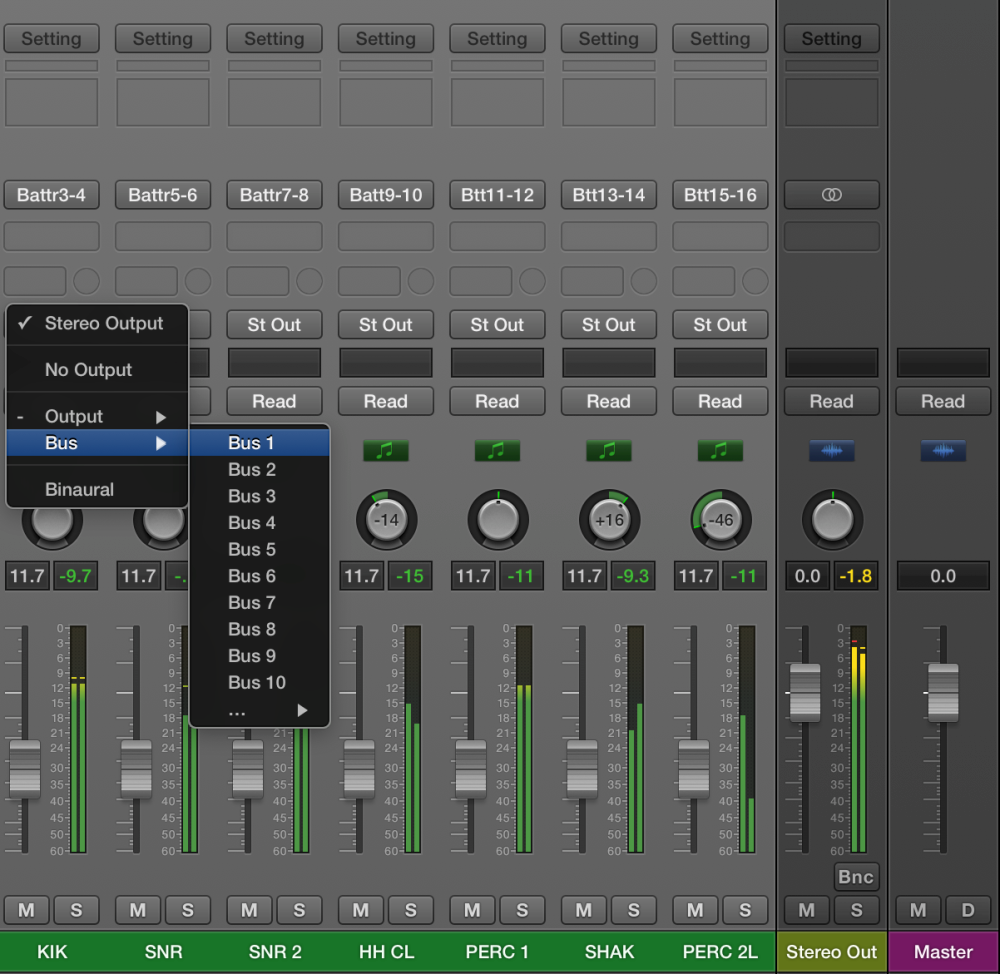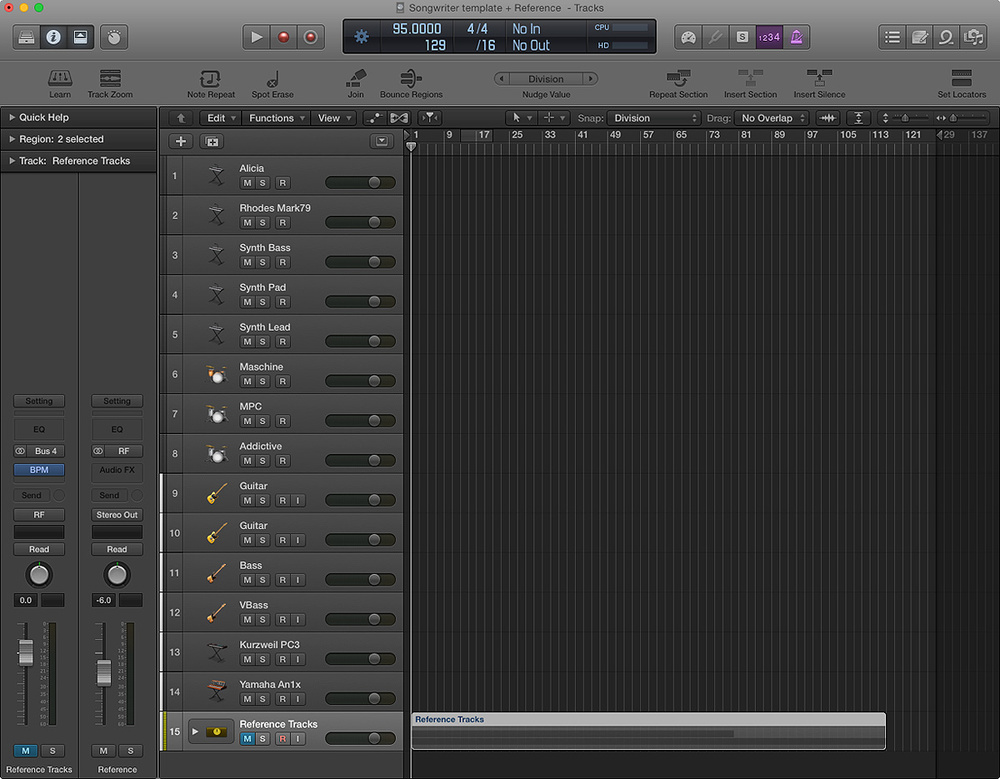It is week 3 here for our “Mixing in Post” tips and tricks series and this week I wanted to do something a bit different. I am going to go through a few of the mistakes I made through this process. Some of them may not be “wrong” per say but doing it differently had positive results for me as I was working on each week’s mix. If you had a different experience than I did with one of these examples, let me know in the comments!
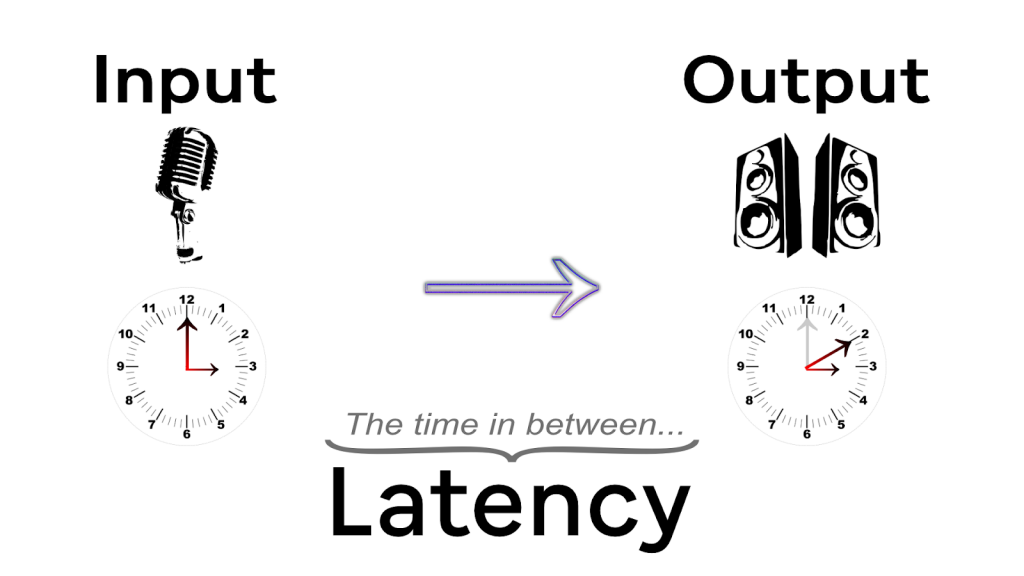
The first problem I learned to fix very quickly. Ensuring that all your recorded tracks are in time with each other should be a heavy priority in your workflow. For me, it’s not as if I didn’t think about this but early on I didn’t utilize the SMPTE features of my DAW. As you know by now I extract the speaking portions of any worship focus or in song transitions to a different speech track for that vocalist to bring greater clarity to those moments. Having the files locked to a SMPTE time really helps prevent any unwanted movements in the timeline thus helping to keep everything in perfect time so everything just locks together. Another hiccup to this for those of you heavy Waves users like me is that the StudioRack plugin defaults to “SG” mode when it is instantiated. If you’re able to run all your tracks on your server this isn’t really a problem. However we only have a Server One and run about ~70 tracks in our DAW so we run all input level tracks locally and all effects and summing busses on the server which allows us to maximize the use of both our external server and the iMac Pro we are mixing on. Where this gets complicated is with the auto delay compensation in Logic. I’ve noticed that it doesn’t work too well at times if things aren’t setup correctly (if you send an input to the server instead of keeping it local). Additionally there are some plugins that we can use that use large amounts of lookahead which make them heavily latent. All of this to say that the tip here is to pay attention to your internal latency within your DAW. Be sure to be listening carefully as you mix as well for issues. Sometimes timing issues are hard to spot if you’ve been working awhile on a mix but sending drafts out to friends will help you catch these issues as well. Secondly, treat your mix layers as closely as possible. Process all your input level plugins on the same machine, process summing busses similarly, do everything you can with similar plugins if possible. The idea here is to keep it simple. The more complex your setup, the more compensation will be needed, the easier it is for you to have an issue that will be hard to dig out of. This isn’t to say you can’t go nuts if you need, what I like to say is do what you need and clean up the rest. Try any plugin you need but make sure you clean up your experiments when you’re done so they don’t end up negatively affecting your mix.
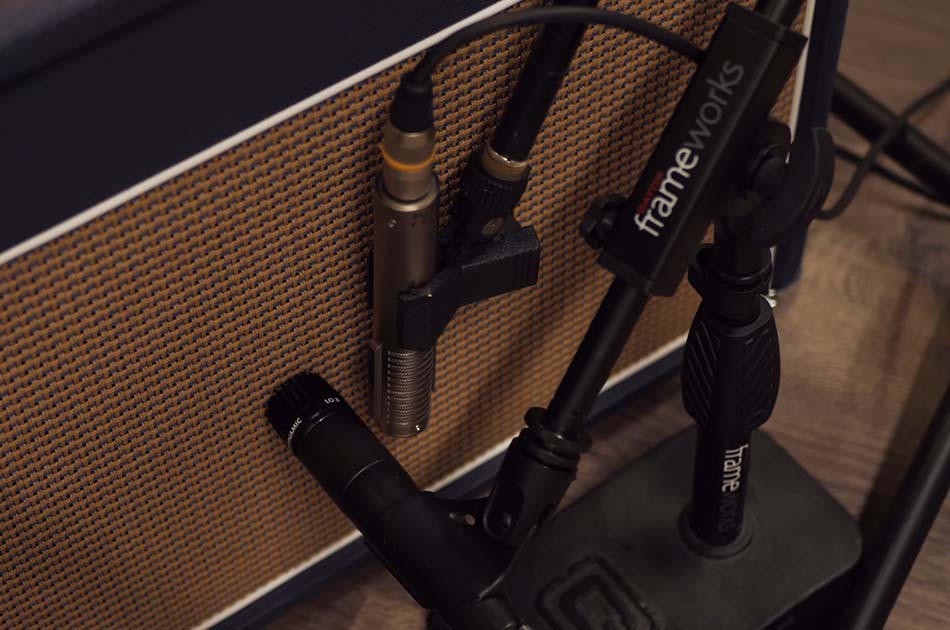
This one I’ve said before but it bears another round. Be sure to check mic positions before you start recording. Drum kits are big ones to check. They sit down and adjust everything and move a mic without thinking about it so I love to stop by after they’ve been playing for a bit during the warm up and make sure it’s all where I like it to be. Secondly, think about issues you’ve had in the past with bleed and see if there is anything you can do to help. For instance, I used to have the overheads perfectly centered and on axis with the drum set. But I kept getting way too much hi-hat in the mic. So one week I decided to experiment rotation the mic so that the hi-hat would be off axis with the mic and it made a big difference. Another great example of that is with a cello player. We were already experimenting with the best mic but never thought about micing the cello at an angle not only to put the drums in the null but also the piano. We use a keyboard so it’s not piano bleed that was an issue. Believe it or not, we could hear the pedal fairly clearly. Just about an inch of change made a huge difference. Little improvements in the source material make a big difference in the end product. Especially when it comes to audio whether it’s live or recorded.
This last scenario is sort of just situational but it’s impact can be felt either way. Early on in the transition from live to broadcast mixing I had a 24 hour turnaround. This necessitated a few shortcuts to be implemented to help speed up the process. So I developed my mastering chain and dropped it on my master buss. I was able to save quite a bit of time and mix through mastering but there were a lot of things I’d likely change about those mixes if I was redoing them today. The biggest reason for not mixing and mastering at the same time is that limiters can work against you if you’re not paying attention to them (the same goes for buss compressors). While my mixes turned out pretty good, I was not good at monitoring what that chain was doing at any given time which lead to more work fixing it. If you need to turnaround a project really quickly, find a way to really keep an eye on your master buss as much as possible. But, if you’ve got the time for an extra mastering pass, as I definitely do now, take the time to separate those processes. Maybe even export your mix and start a new showfile if you can do that within your workflow (this doesn’t fit within our workflow but might in yours and it’s what a lot of pros do on the regular).
No matter how you do things, I wanted to end this series with a bit about not overthinking your mix. We had to realize early on that this is a broadcast mix not an album. This doesn’t mean it shouldn’t be as good as we need it to but it is a broadcast mix. It should feel like a live recording not an album. That feel leads to higher interaction with the music and it’s what we wanted in our mixes. Know your customer, know what they want, and be sure to work accordingly. Hopefully you’ve enjoyed this series and learned something helpful to your situation. As always if you have any questions reach out in the comments below, on facebook, or email me at daniel@studiostagelive.com. If you’ve liked what you read and want to know when a new post is up, follow this link, fill out the form, and you’ll be emailed when a new post is up. Happy mixing!
